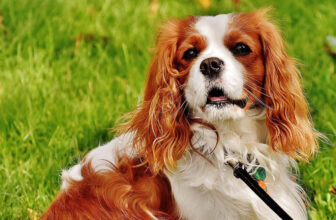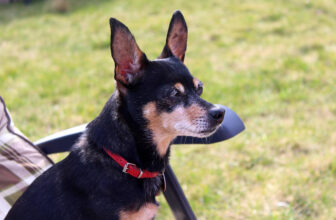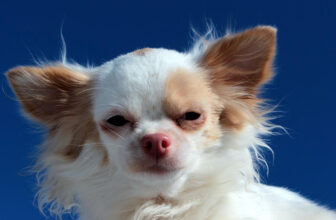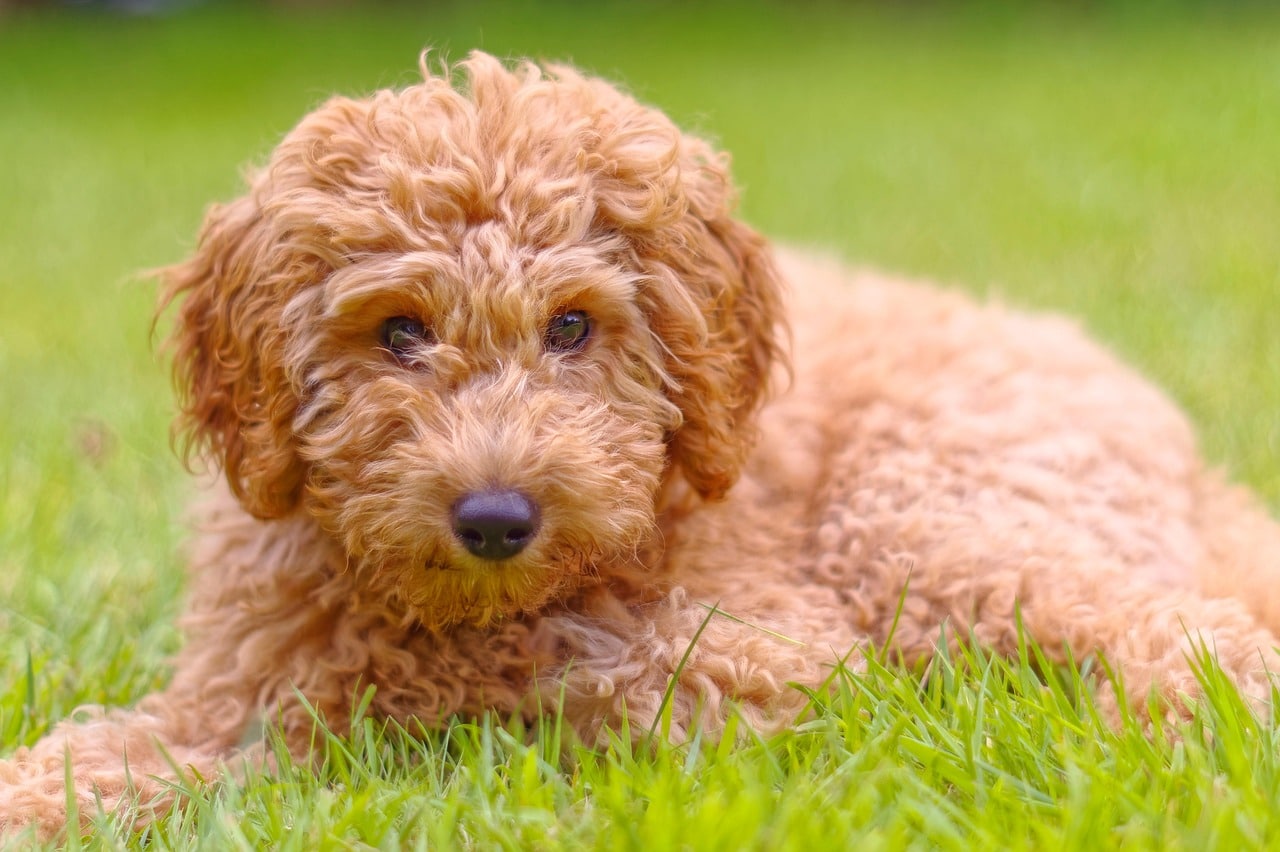
Check out our latest products
Shutterstock
Not all heroes wore capes—some wore flea collars and snored under the kitchen table. Throughout the 20th century, as the world rapidly shifted through wars, inventions, cultural revolutions, and technological breakthroughs, dogs were there for it all. These loyal companions didn’t need headlines to make history. They served in wars, starred on TV, rescued the lost, and comforted the grieving. Whether curled up in a foxhole or hamming it up on a sitcom set, these breeds helped shape our homes, heal our hearts, and steady us through change.
Border Collie
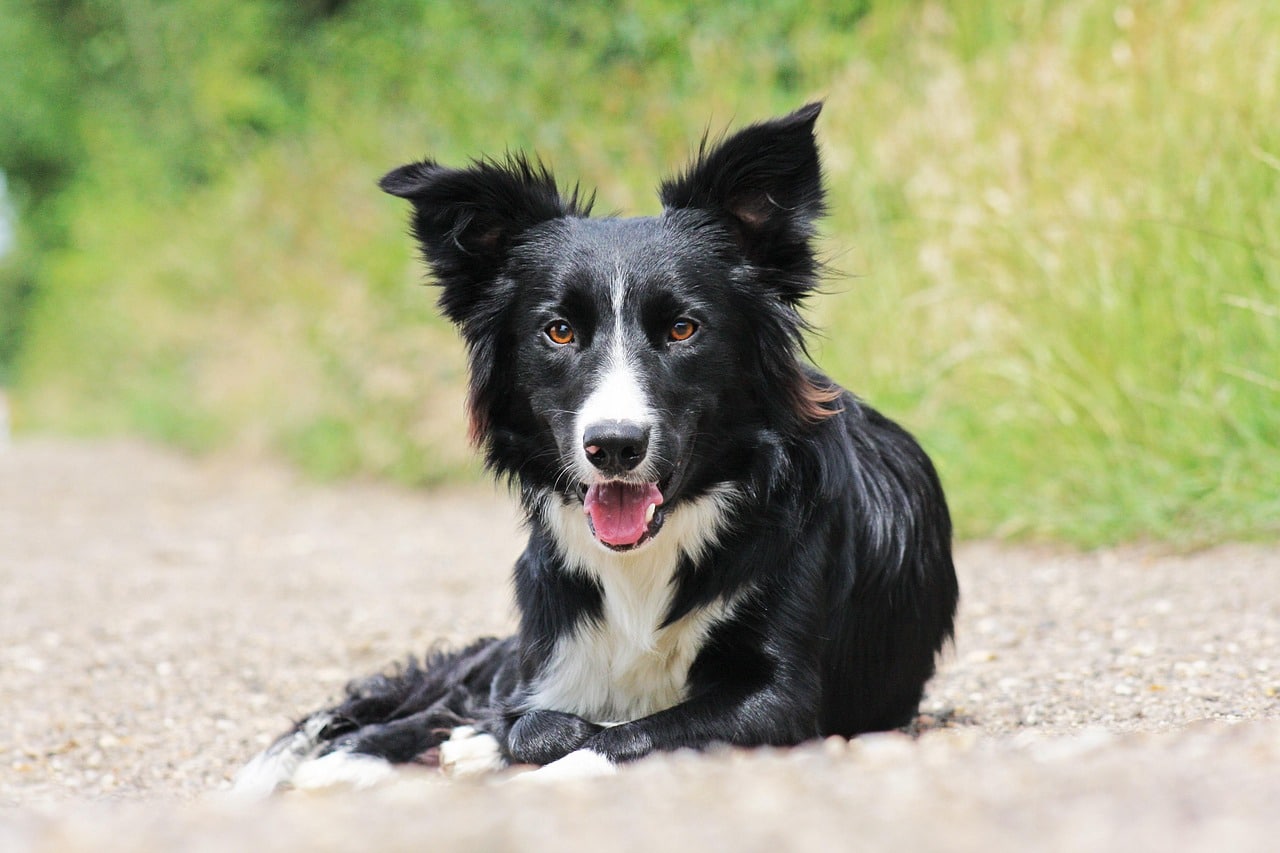
Shutterstock
Border Collies were the brainiacs of the 20th-century dog world, often outsmarting their humans and politely pretending not to. On farms across the globe, they herded sheep with precision, obeyed complex commands, and saved countless animals—and people—from danger. These dogs worked sunup to sundown, never asking for more than a quick head pat and a shady patch of grass. Their intelligence and loyalty made them invaluable working dogs and companions. Whether chasing livestock or comforting a farmer on a hard day, Border Collies were the silent strength behind rural success.
Bloodhound

Shutterstock
With noses more accurate than early surveillance equipment, Bloodhounds were the behind-the-scenes detectives of the 20th century. Law enforcement relied heavily on these dogs for tracking missing persons, escaped prisoners, and more—all with that famously wrinkly face and long, droopy ears. They were steady, methodical, and laser-focused on their scent trails, no matter the distraction. In court cases, a Bloodhound’s trail was often taken as serious evidence. While they might have looked sleepy, they were working smarter and harder than most of us.
Belgian Malinois
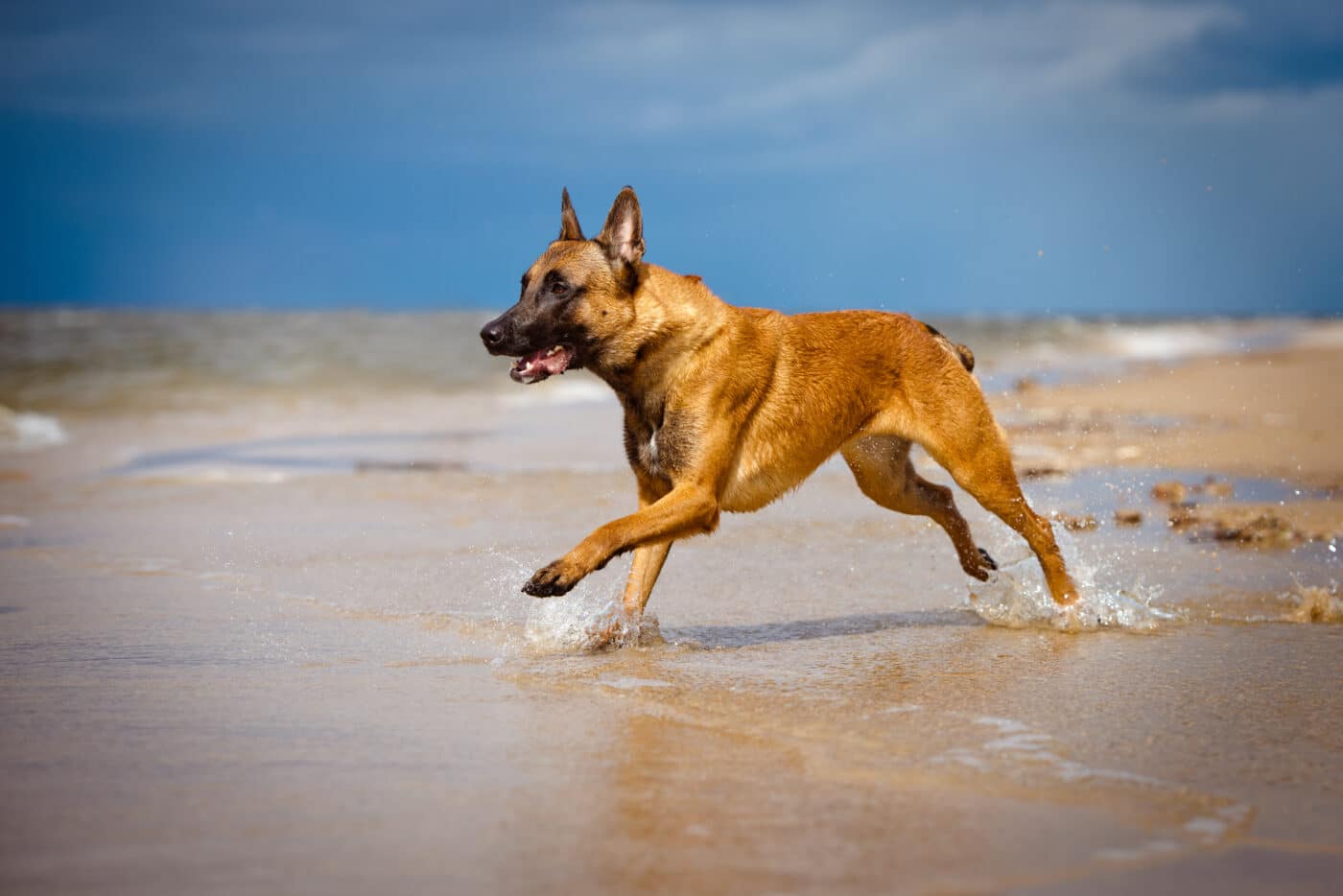
Shutterstock
Before Belgian Malinois were trending as elite military dogs in movies, they were already quietly excelling behind the scenes. In the 20th century, they were staples in European police forces and military K9 units—feared by criminals and adored by handlers. Their speed, obedience, and courage made them unmatched in protection and detection work. But they were also fiercely loyal family members, transitioning from service to sofa without missing a beat. Basically, they were the overachievers who still had time for fetch.
English Setter
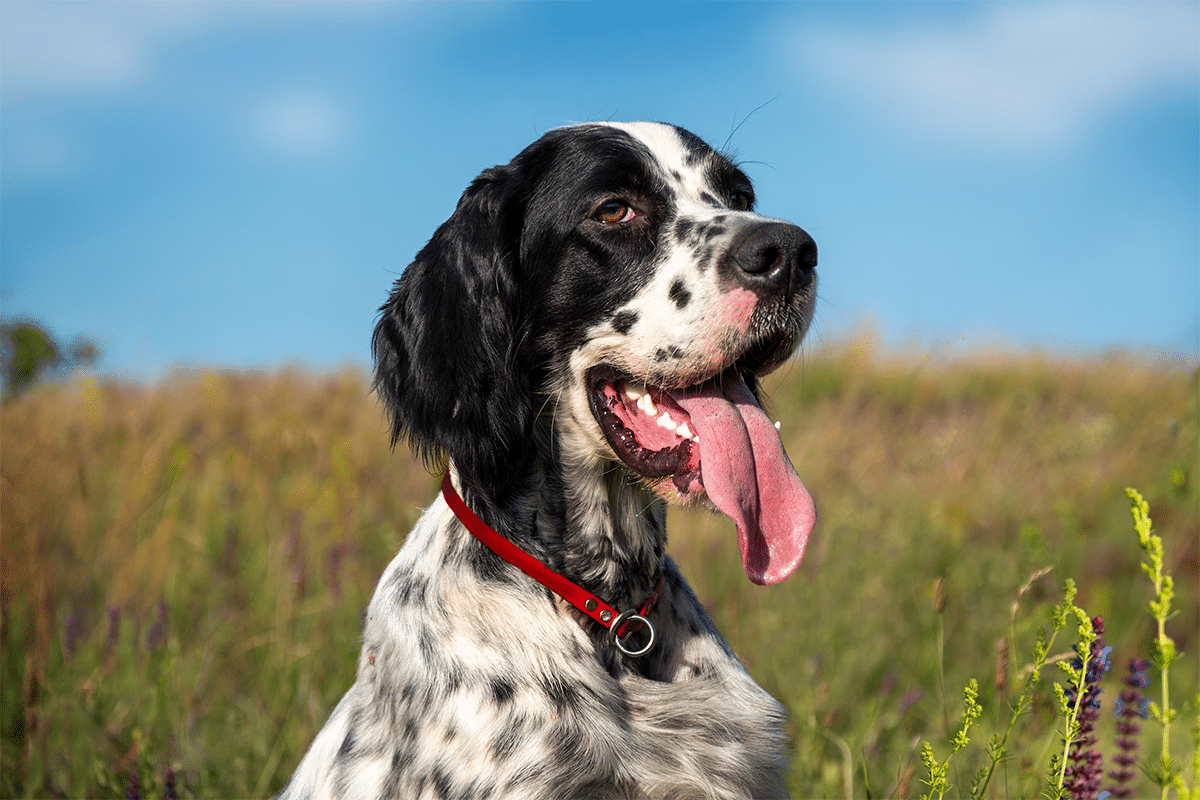
Shutterstock
With grace, loyalty, and a heart of gold, English Setters earned their hero status by being endlessly reliable companions in hunting fields and family rooms alike. These dogs were trained to “set” or lie low to signal birds for hunters, but they were also known to gently rest their heads on laps during quiet evenings. Their sweet temperament made them wonderful with children and a favorite among soldiers and sportsmen alike. They weren’t flashy—but their quiet companionship and incredible work ethic earned them lifelong respect. Also, that feathered tail deserved a fan club.
Gordon Setter

Shutterstock
The Gordon Setter was the unsung black-and-tan beauty of the sporting world. Strong, dependable, and full of heart, they hunted with determination and loved with loyalty. In the 20th century, they quietly supported generations of hunters, farmers, and families without demanding recognition. Their deep bond with their humans made them incredible emotional companions, especially in times of loss or change. You didn’t always notice a Gordon Setter coming—but you definitely noticed when they were gone.
Australian Cattle Dog
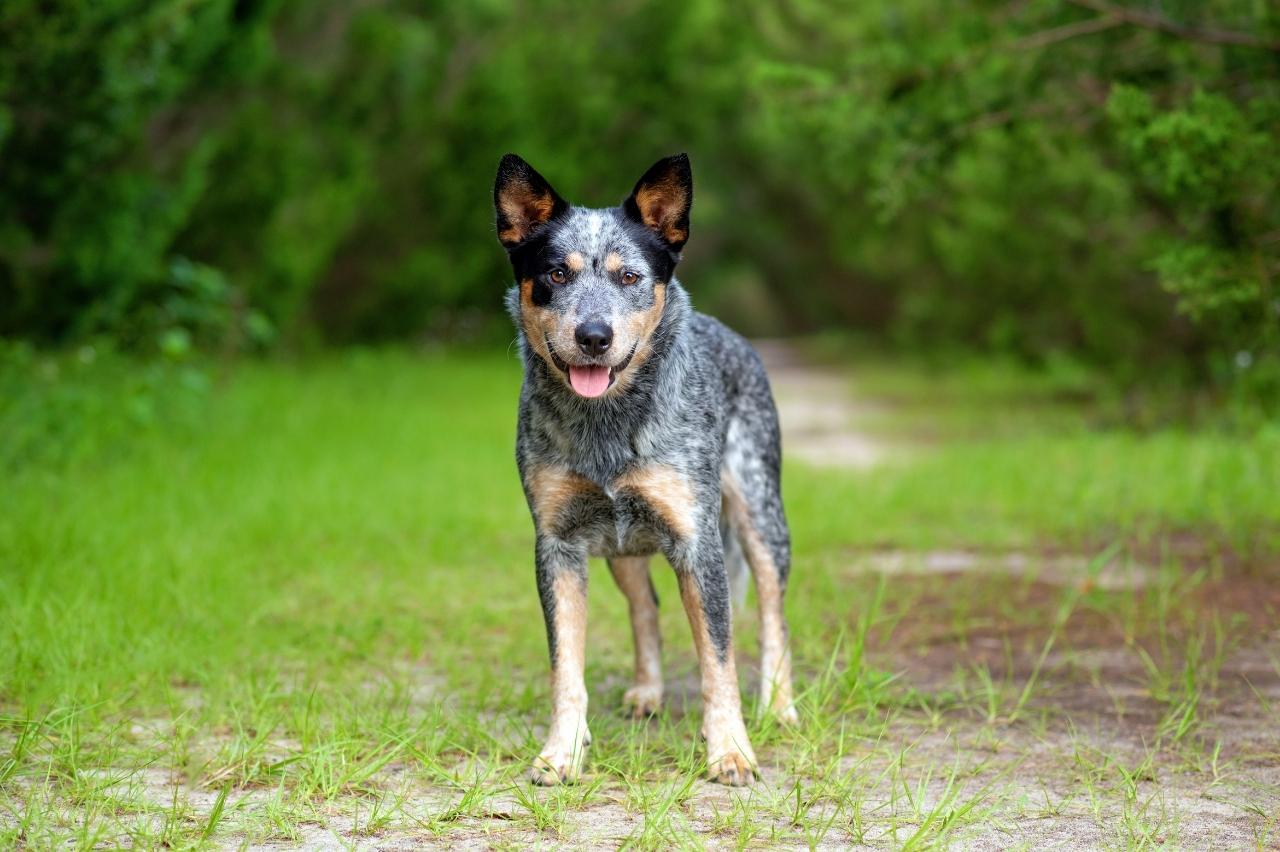
Shutterstock
The Australian Cattle Dog—also known as the Blue Heeler—was the no-nonsense workhorse of the rural 20th century. These sturdy, alert dogs herded cattle across dusty plains, often doing the work of two humans while wagging their tail through it. Known for their intelligence and independence, they were never ones to slack off—or let anyone else slack either. Their loyalty to their handlers was legendary, and they’d often protect the family farm with fierce devotion. If your granddad had a hard day in the field, it was a Blue Heeler who walked beside him in silence.
Poodle

Shutterstock
Don’t let the show-ring curls fool you—Poodles were utility dogs long before they became style icons. In the 20th century, they served as guide dogs, therapy dogs, circus performers, and even military messengers. Their intelligence made them perfect for jobs that required precision and empathy, and their friendly demeanor made them favorites in hospitals and nursing homes. Miniature Poodles rode in bicycle baskets; Standards worked in war zones. Either way, they did it all with elegance and a side of sass.
Weimaraner

Shutterstock
The Weimaraner was a sleek silver shadow that quietly stole hearts and excelled in just about everything. Bred for hunting, they adapted quickly to family life, military roles, and therapy work during the emotionally turbulent 20th century. These dogs bonded deeply with their people, often becoming one-person shadows who would follow you from the kitchen to the couch to the bathroom—no questions asked. They didn’t need loud barks or medals to prove their worth. Their eyes did all the talking.
English Springer Spaniel
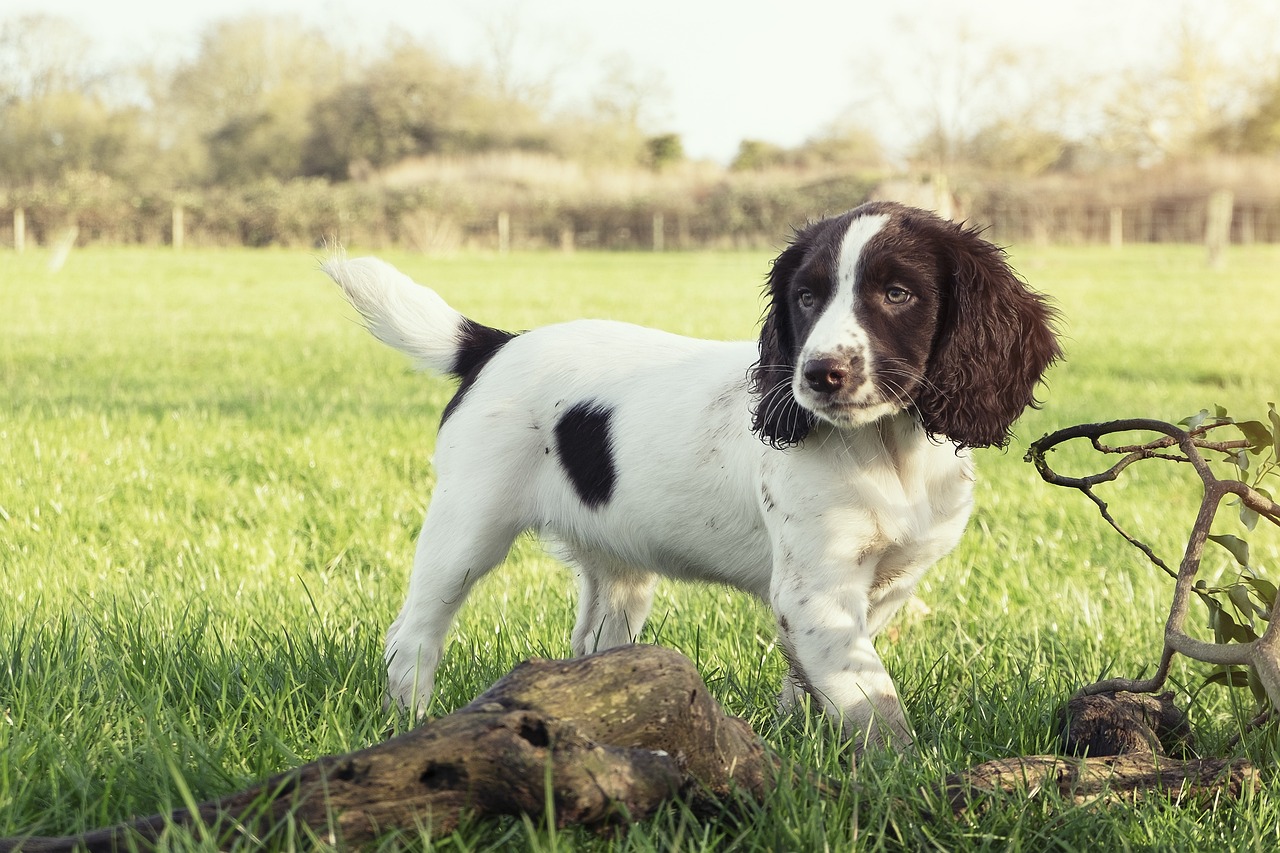
Shutterstock
Springer Spaniels were the perky-eared optimists of the 20th century. Whether flushing birds in the field, comforting returning soldiers, or bouncing through suburban backyards, they did it all with a tail that never stopped wagging. Their endless affection and steady temperament made them perfect therapy dogs for veterans and patients alike. They didn’t need a task to be happy—they just needed their people. A Springer would chase your tears as happily as they chased a ball.
Canaan Dog
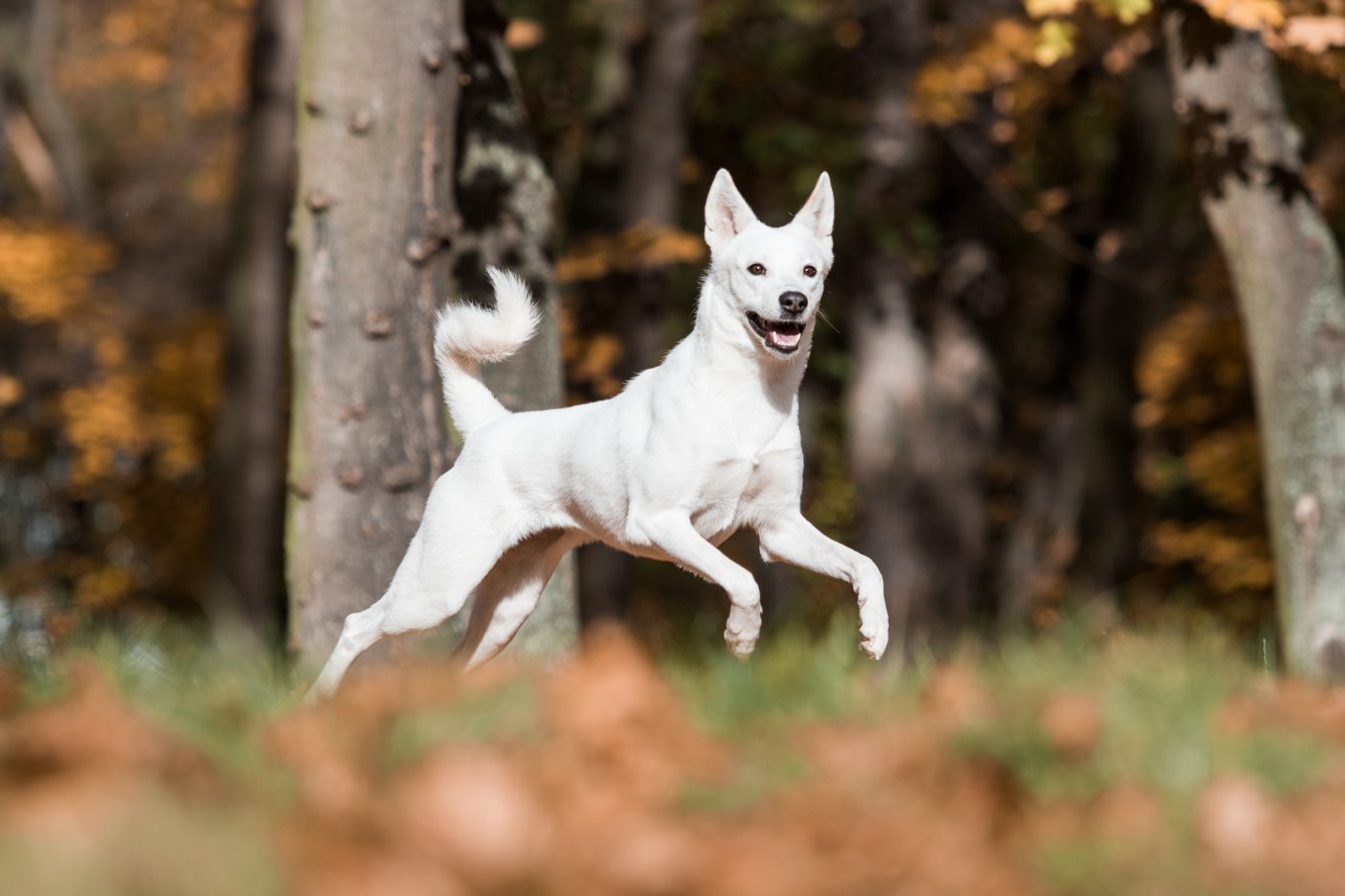
Shutterstock
The Canaan Dog flew under the radar but served with incredible honor during the 20th century. These desert-born dogs were trained for military work, mine detection, and guard duty in the Middle East, often outperforming technology with instinct and grit. They adapted quickly to harsh conditions and remained fiercely loyal to their handlers. Though lesser known globally, they were essential in several conflicts, often saving lives quietly and without question. Think of them as the James Bond of desert dogs—minus the tuxedo.
Akita

Shutterstock
Akitas carried an aura of quiet dignity, and in the 20th century, they became symbols of loyalty worldwide. The true story of Hachikō, the Akita who waited daily at a train station for his deceased owner, became a legend that moved hearts around the globe. These dogs were stoic protectors of their families, silent sentinels during hard times, and surprisingly cuddly when you least expected it. Their calm presence was a source of strength to many, especially in post-war Japan. An Akita didn’t show off—they showed up.
Shetland Sheepdog

Shutterstock
Shetland Sheepdogs—or Shelties—were like little sheep-herding therapists wrapped in fur. They helped keep rural life running smoothly, herding livestock, alerting farmers, and watching over children with near-obsessive dedication. Their intelligence and eagerness to please made them standout students in obedience and agility work, while their sweet nature made them irreplaceable companions. Families relied on them for protection, comfort, and comic relief. They didn’t bark for fame, just for squirrels.
American Foxhound

Shutterstock
The American Foxhound may have been one of George Washington’s favorites, but in the 20th century, they continued quietly helping shape American traditions. With incredible stamina and a nose for adventure, they remained central to hunting culture, rural life, and companionship in the South and beyond. Their loyalty was unshakable, their independence admirable, and their bay unmistakable. These dogs were made for movement but lived for loyalty. If you ever heard that soulful howl echoing over the hills, it was the Foxhound, doing its thing since the 1700s—and still going strong.
They Deserved Treats, Trophies, and a Day Off

MidJourney
They didn’t need applause, headlines, or holiday outfits. They just showed up—loyal, brave, and always on duty, whether that meant herding kids, comforting the heartbroken, or guarding the front porch. These breeds didn’t crave attention, but they earned a lifetime of it. Through wars, celebrations, quiet nights, and changing times, they were the quiet glue holding us together. The 20th century may have forgotten a few names, but it should never forget them. At the very least, they deserve the last bite of every backyard burger.







![[5G & 2.4G] 2K Indoor Security Camera for Home Security, AI Voice Change for 2-Way Talk, Motion Detection, Night Vision, 24/7 SD Recording/Cloud Storage, WiFi Home Camera, Pet Cam with Phone App](https://i3.wp.com/m.media-amazon.com/images/I/61I2U+sTT3L._AC_SL1500_.jpg?w=300&resize=300,300&ssl=1)


